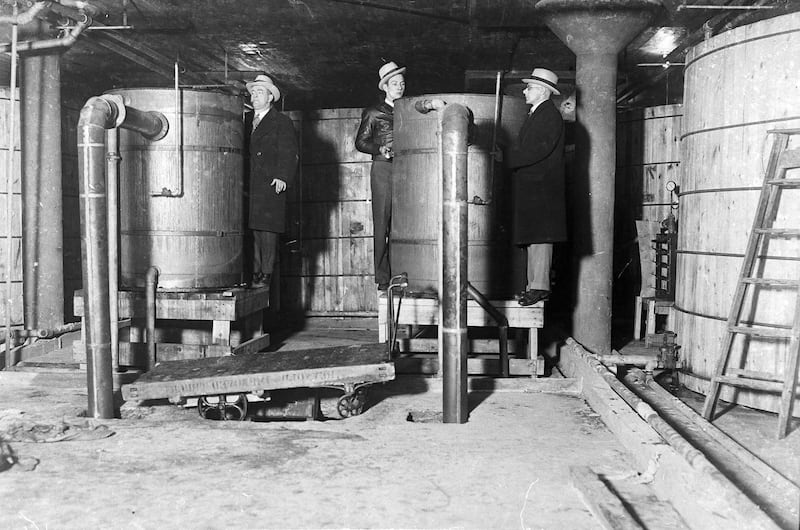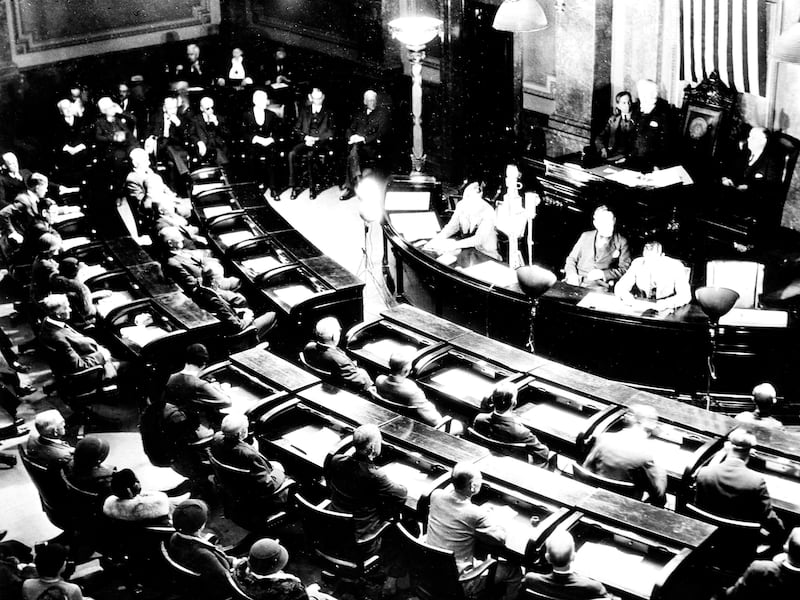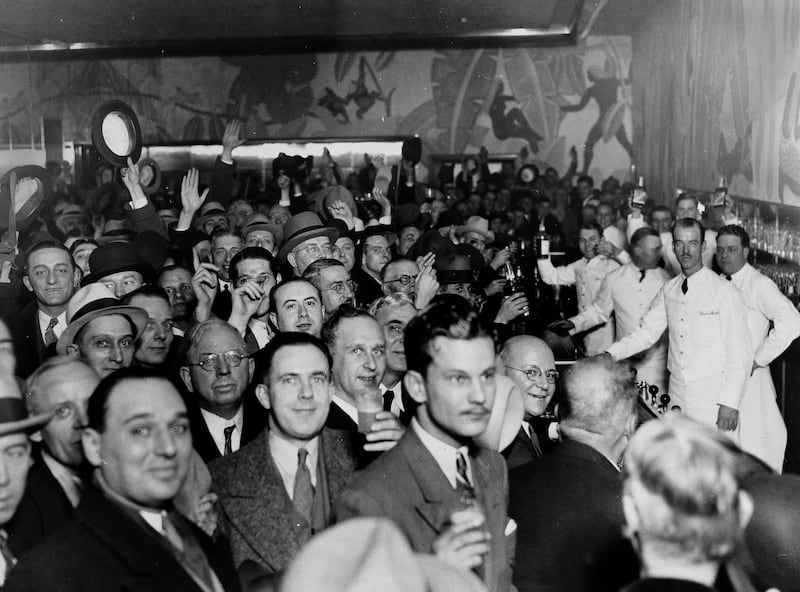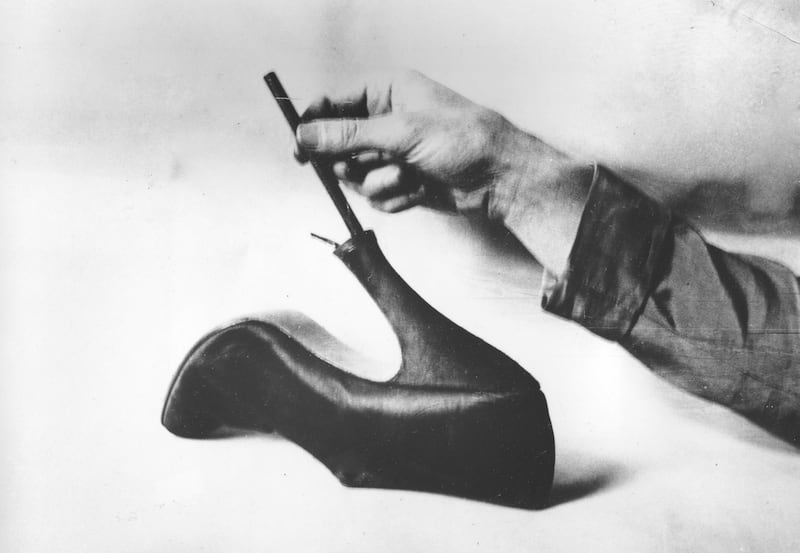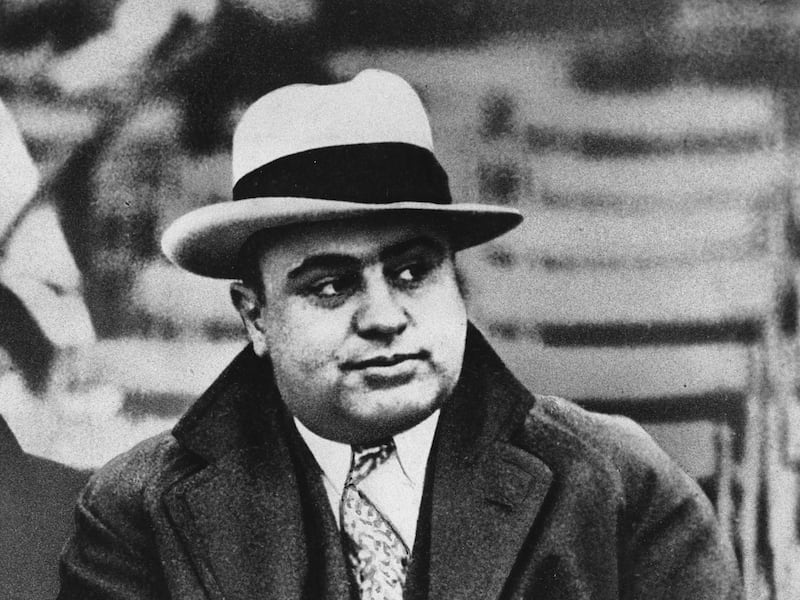SALT LAKE CITY — On Aug. 1, 1917, Utah became the 24th state to adopt statewide alcohol restrictions. And a century ago this year — on Jan. 16, 1919 — the 18th Amendment to the United States Constitution was ratified, ushering in the national prohibition of "intoxicating liquors" and launching a highly unusual era of American history.
Here's a look at five things you may not know about Prohibition and how the movement to ban alcohol played out in Utah.
Efforts toward alcohol prohibition in Utah and throughout the nation began long before 1919
While some preached the evils of alcohol in the U.S. as early as the 1780s, the American temperance movement — an organized nationwide effort to eliminate the consumption of alcohol — emerged in the 1830s and 1840s. Inspired by social reform efforts like abolitionism and the women's suffrage movement, temperance reformers promoted the moral and spiritual advantages of teetotalism and eventually pressured government to outlaw alcoholic beverages entirely.

The same year the United States Temperance Union was established, Latter-day Saint Prophet Joseph Smith received an 1833 revelation containing The Word of Wisdom, which instructed church members to avoid consuming wine and strong drink and shaped many future Utahns' views toward alcohol. By 1855, 13 states adopted legislation that restricted the manufacture and consumption of alcohol.
Though the Civil War temporarily halted the temperance movement, by the turn of the 20th century — nearly two decades before Congress ratified the 18th Amendment — about a quarter of the American population lived in "dry" communities where the sale of liquor was prohibited.
Temperance societies, political parties and religious groups were calling for prohibition laws in nearly every state in the early 1900s, including Utah. Several prominent Latter-day Saints and future church presidents — Heber J. Grant, George Albert Smith and David O. McKay — participated in temperance campaigns. Heber J. Grant even served on the national board of the Anti-Saloon League.
The Utah Legislature adopted a local option law in 1911, allowing many rural areas, and even St. George, to pass ordinances prohibiting local alcohol sales and manufacturing. But Salt Lake City and Ogden stayed "wet."

Utah was not among the first states to enact a statewide prohibition law
Though many Utahns supported prohibition much earlier, Utah became the 24th state to adopt statewide alcohol restrictions on Aug. 1, 1917. Statewide prohibition bills passed the Utah Legislature in 1911 and 1915, but they were quickly vetoed by Republican Gov. William Spry; Republicans feared that Utah prohibition laws could reignite antagonism between Latter-day Saints and those who weren't church members.
It was Jewish Democrat and newly elected Utah Gov. Simon Bamberger who finally signed statewide prohibition into law. Bamberger, a successful businessman who opened Utah's Lagoon amusement park, ran on a prohibition platform, "offer(ing) to pay $1,000 for a portrait of any better prohibitionist than he," according to Allan Kent Powell in the Utah History Encyclopedia.

Bamberger, the first Democratic and first Jewish governor in Utah, had the support of many prominent Latter-day Saints, including leading Democrat Brigham H. Roberts, who praised Bamberger for voluntarily ending alcohol sales at Lagoon.
Many Utahns and individuals across the nation happily welcomed the passage of the state's prohibition law. Hours before it took effect, the Deseret News ran a triumphant front-page editorial by A.B. Johnson, whom the paper credited with having "made Michigan dry." Johnson heralded Utah's prohibition as the "dawn of a new day" and "the greatest blessing we have known since Christ."
The 18th Amendment didn't actually prohibit the possession of liquor, but Utah's state laws did
While prohibitionists sought to reduce drinking, the 18th Amendment didn't actually prohibit the possession or consumption of alcohol. It merely banned "the manufacture, sale or transportation of intoxicating liquors."
The Volstead Act, a federal law passed several months later to facilitate the 18th Amendment's enforcement, defined these liquors as any beverage containing more than 0.5% alcohol by volume. But it did allow for exceptions, including whiskey dispensed by pharmacists to treat illness and wine used for religious rituals.

Utah's 1917 prohibition law, which served as Utah's basic alcohol law throughout the entirety of the Prohibition era, banned the possession of alcohol in excess of 0.5% by volume in addition to its manufacture, sale and transportation. Yet like the federal legislation, Utah's prohibition law acknowledged permissible exceptions, such as medicines, flavoring extracts, sacramental wines and industrial alcohol.
Utah was the last state to vote for Prohibition's repeal — and thus overturned it

On Dec. 5, 1933 at 3:33 p.m., Utah's constitutional convention unanimously endorsed the 21st Amendment, which repealed the 18th Amendment. Thus, Utah became the 36th and deciding state to vote in favor of overturning nationwide prohibition, ending the country's dry era 13 years after it began.
Utah's vote immediately launched what newspapers called nationwide drinking celebrations. That same day, President Franklin D. Roosevelt announced the 18th Amendment's repeal and reportedly celebrated with a famous toast: "What America needs now is a drink."
In a special election one month prior, a significant majority of Utahns had voted in favor of ending statewide prohibition in addition to approving the 18th Amendment's repeal. While some Utahns, including church President Heber J. Grant, remained staunch prohibitionists, many others saw an end to Prohibition as an end to gangsters, speakeasies and other illegal activity.
With the 21st Amendment's passage, beer sales and manufacturing returned to the Beehive State. And in 1935, the first state-run liquor stores in Salt Lake City and Ogden opened their doors.

Was Prohibition a failure? Not entirely
Undoubtedly, many negative consequences followed America's "noble experiment" with Prohibition.
With the federal government ill-equipped to enforce a nationwide alcohol ban, organized crime flourished. Prominent gangsters like Al Capone made up to $100 million a year through bootlegging operations and engaged in deadly turf wars. By 1925, New York City alone housed an estimated 100,000 illegal bars. And it wasn't entirely uncommon for law enforcement officers to accept bribes from those buying and selling alcohol or even go into the bootlegging business themselves.

Prohibition-era Utah never saw the gangs and gang warfare of cities like New York and Chicago, but crime was still a problem. From 1925 to 1932, federal agents in Utah surfaced and seized over 400 distilleries, 25,000 gallons of spirits, 8,000 gallons of malt liquors, 13,000 gallons of wine, and 332,000 gallons of mash, according to W. Paul Reeve in the February 1995 edition of History Blazer. Moreover, off-duty policemen were often found among criminal drinkers during raids on Utah speakeasies.
Illegal booze wasn't hard to find, but it wasn't always safe to drink. With so many people drinking low-quality homemade "bathtub gin" and toxic industrial alcohol, more than 10,000 people may have died during Prohibition from consuming these dangerous substances.
Bootlegging and other crime aside, did Prohibition accomplish its most basic goal of reducing the nation's overall alcohol consumption? Many scholars insist that despite the widespread narrative that American Prohibition was a total failure, it actually worked in this regard. The 18th Amendment lowered per capita drinking rates during Prohibition and for a quarter century following repeal, according to the American Journal of Public Health.
Prohibition didn't create a nation of teetotalers and it introduced a host of new problems, but considering it's successes along with its failures gives us a fuller picture of this peculiar era in Utah and American history.






